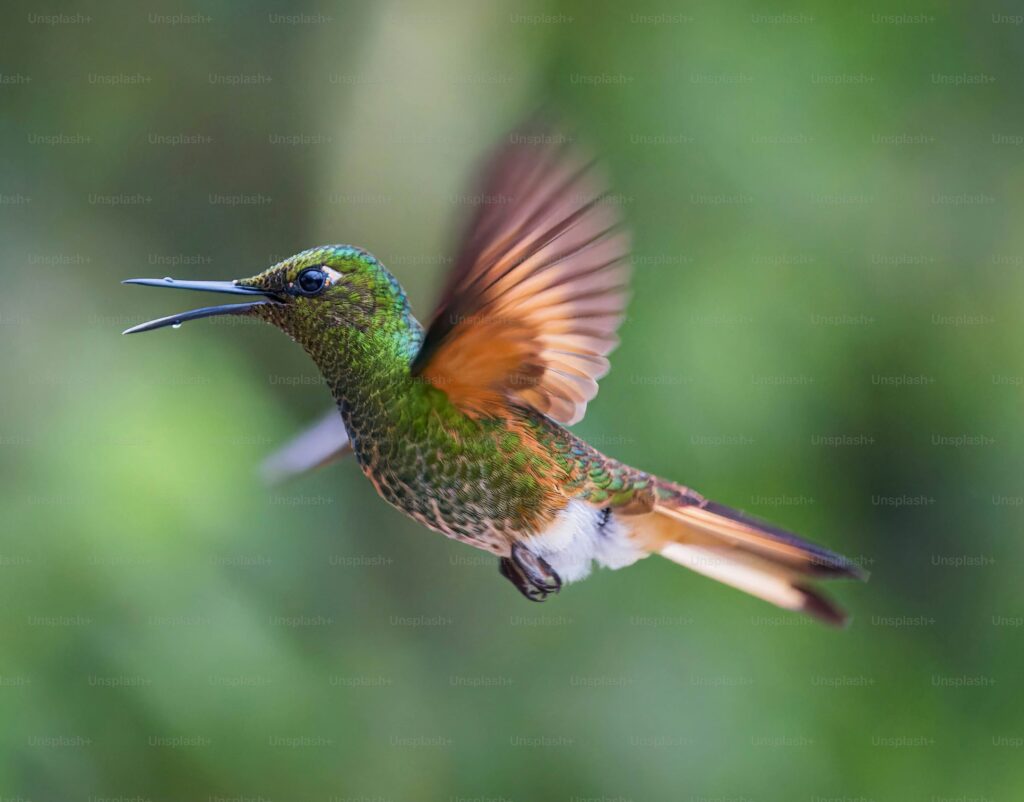Climate change is a pressing issue that has far-reaching impacts on various ecosystems and species around the world. One group of animals particularly vulnerable to the effects of climate change is hummingbirds. These small, colorful birds are known for their unique ability to hover in mid-air and their reliance on nectar as a primary food source. As temperatures rise and weather patterns shift, hummingbird populations face numerous challenges that threaten their survival.
The Impact of Changing Temperatures
One of the most significant effects of climate change on hummingbird populations is the alteration of their habitats due to changing temperatures. As global temperatures increase, the ranges of many hummingbird species are shifting, forcing them to adapt to new environments or face habitat loss. This disruption can lead to a decrease in available food sources and nesting sites, ultimately impacting the reproductive success and overall population numbers of hummingbirds.

Changes in Flowering Patterns
Hummingbirds play a crucial role in pollination, as they feed on nectar from flowers and inadvertently transfer pollen from one plant to another. However, climate change is causing shifts in flowering patterns, with some plants blooming earlier or later than usual. This mismatch between the timing of flower blooming and hummingbird migration can disrupt the delicate balance of this mutualistic relationship, affecting both the plants and the birds.

Migration Challenges
Migration is a critical aspect of the life cycle of many hummingbird species, as they travel long distances between their breeding and wintering grounds. Climate change is altering the timing and routes of migration for some hummingbird populations, leading to potential mismatches with the availability of food and suitable habitats along their journey. These disruptions can result in decreased survival rates and reproductive success for migrating hummingbirds.

Competition and Predation
Climate change not only affects hummingbirds directly but also indirectly through changes in the distribution and abundance of other species. Increased competition for limited resources, such as nectar-rich flowers, can put additional pressure on hummingbird populations already facing challenges from habitat loss and shifting temperatures. Furthermore, changes in predator-prey dynamics influenced by climate change can impact the survival rates of hummingbirds at various stages of their life cycle.

Adaptation and Conservation Efforts
In the face of these challenges, efforts are being made to study and mitigate the effects of climate change on hummingbird populations. Conservation organizations are working to protect and restore critical habitats, establish migration corridors, and raise awareness about the importance of preserving these iconic birds. Additionally, researchers are studying the adaptive strategies of hummingbirds in response to changing environmental conditions, such as altered foraging behaviors and nesting patterns.

Conclusion
In conclusion, climate change poses significant threats to hummingbird populations worldwide, impacting their habitats, food sources, migration patterns, and interactions with other species. As we continue to witness the effects of a changing climate on these delicate birds, it is crucial to prioritize conservation efforts and sustainable practices to ensure the long-term survival of hummingbirds and the ecosystems they inhabit. By taking action to address the root causes of climate change and protect the biodiversity of our planet, we can help safeguard the future of hummingbirds and other vulnerable species for generations to come.

